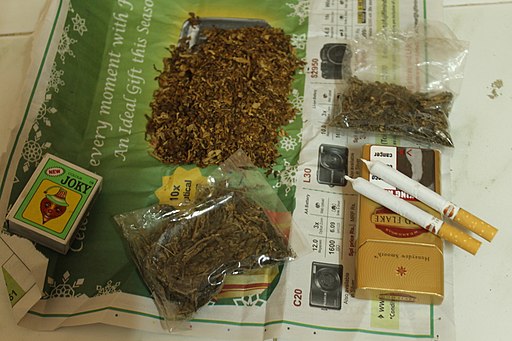
On November 24, South Africa reported detection of a new variant of the COVID-19 virus to the World Health Organization. On November 26, WHO designated it a “variant of concern” and tagged it with the name “Omicron.”
At the same time, WHO advised against travel restrictions and other knee-jerk responses to Omicron, and in favor of a “risk-based and scientific” approach, noting that it is “not yet clear” whether Omicron is more transmissible than other variants or even causes severe disease.
The US government ignored WHO’s advice, immediately banning travel from eight African countries and cranking up the latest version of COVID hysteria and hygiene theater.
Anthony Fauci, head of the National Institute of Allergy and Infectious Diseases — and the mainstream media’s favorite administration flack/hack/quack — gleefully announced an intention to do “anything and everything” in the name of combating Omicron, but seemed crestfallen that it’s still “too early to say” whether new lockdowns or mandates are in the offing.
While most governors issued cautious “watch and wait” statements, New York’s Kathy Hochul immediately declared a state of emergency, limiting “non-urgent” hospital procedures and ordering nursing homes to make vaccine boosters available for all residents — despite seemingly having no information that the current vaccines are effective against Omicron, nor any evidence of Omicron cases in her state.
What’s missing from the above is any mention of Omicron being more deadly than prior variants of COVID-19.
Dr Angelique Coetzee, the South African doctor who first spotted the variant, tells BBC that patients so far display “extremely mild symptoms.”
While confirmed cases of COVID-19 in South Africa rose from a seven-day average of 326 to 2,447 between October 31 and November 28, deaths have dropped from a seven-day average of 35 to two — yes, two — over the same period.
As all viruses do in the process of becoming endemic, COVID-19 is evolving in two directions: It’s getting more transmissible and less deadly. That’s how natural selection works. Viruses that kill their hosts don’t reproduce as successfully as viruses that give their hosts the sniffles.
So far, Omicron looks like it may well be the virus’s next step down the path toward becoming yet another version of “the common cold.” If so, we should be praying for its arrival on our shores. And even if not, we shouldn’t let authoritarian politicians use it as an excuse for yet another round of mass hysteria cultivated to accrue more power over our lives.
Thomas L. Knapp (Twitter: @thomaslknapp) is director and senior news analyst at the William Lloyd Garrison Center for Libertarian Advocacy Journalism (thegarrisoncenter.org). He lives and works in north central Florida.
PUBLICATION HISTORY
- “OMG, Omicron: Next Step Down the Path From Pandemic to Endemic?” by Thomas L. Knapp, Anchorage, Alaska Press, 11/29/21
- “OMG, Omicron: Next Step Down the Path From Pandemic to Endemic?” by Thomas L. Knapp, OpEdNews, 11/30/21
- “OMG, Omicron: Next step down the path from pandemic to endemic?” by Thomas L. Knapp, Elizabethton, Tennessee Star, 11/30/21
- “OMG, Omicron: Next Step Down The Path From Pandemic To Endemic?” by Thomas L. Knapp, Ventura County, California Citizens Journal, 12/01/21
- “OMG Omicron, Pandemic to Endemic?” by Thomas L. Knapp, Madill, Oklahoma Record, 12/01/21
- “OMG, Omicron: Next Step Down the Path From Pandemic to Endemic?” by Thomas L. Knapp, Kingstree, South Carolina News, 12/06/21


